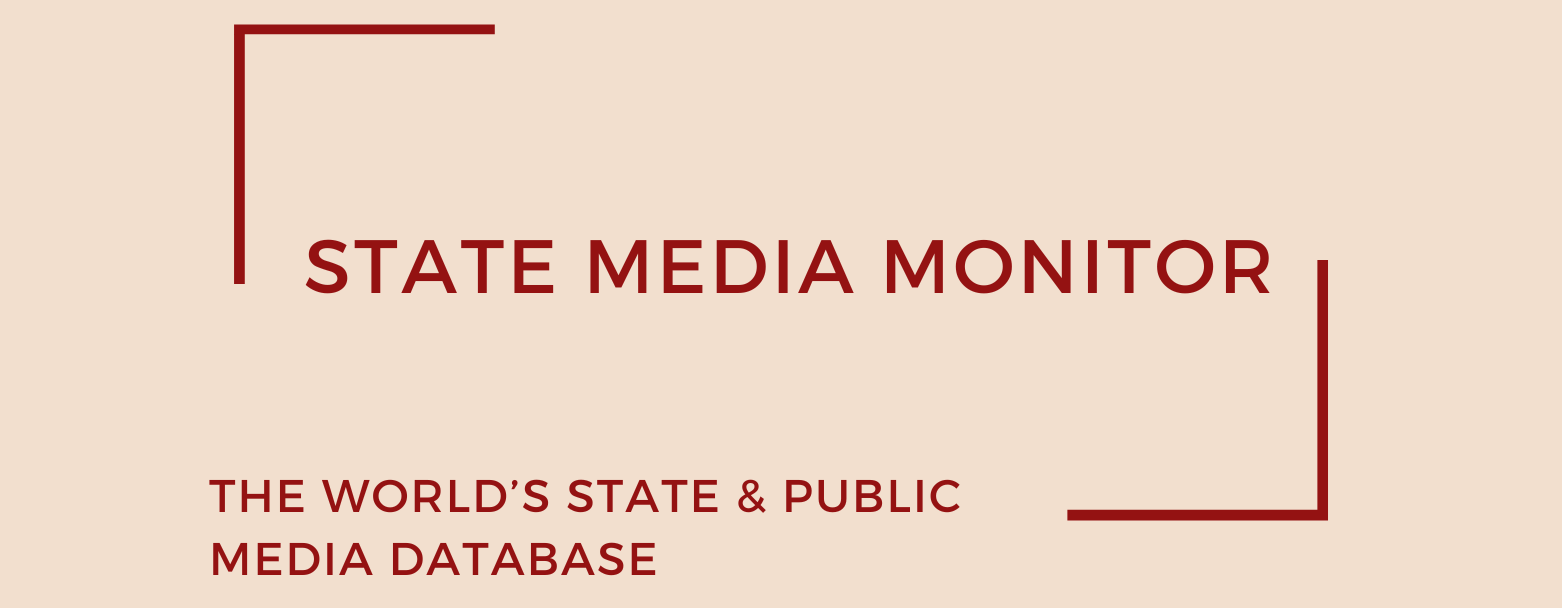Ríkisútvarpið (RUV)
Founded in 1930, the Icelandic National Broadcasting Service (Ríkisútvarpið, RÚV) is Iceland’s national public service broadcaster. Based in Reykjavík, it operates two television channels, two radio stations, a digital-only radio channel, and provides continuous online news coverage. According to the broadcaster’s own figures, RÚV’s services reach up to 92% of the population in a typical week, making it one of the most widely used media institutions in the country.
Media assets
Television: RÙV (Sjónvarpið), RÙV 2; Radio: Rás 1, Rás 2
Internet/digital radio: Rondó
State Media Matrix Typology
Independent State-Funded and State-Managed (ISFM)
Ownership and governance
RÚV’s operations are regulated by the Icelandic National Broadcasting Service Act. The broadcaster is a Public Limited Company (PLC) owned by the Icelandic state. Its highest governing body is a nine-member executive board, nominated by Parliament and elected annually at the General Assembly. Parliament may nominate additional candidates, and RÚV staff may also nominate two representatives. The board is responsible for overall company operations and for ensuring compliance with the provisions of the RÚV Act.
The current Director General (equivalent to CEO) is Stefán Eiríksson, who has led the organisation since 2019. In mid-2025, the broadcaster saw a leadership change when Skarphéðinn Guðmundsson, long-serving Programming Director and Head of TV & Drama, departed to become CEO of Sagafilm, a major Icelandic production company recently acquired by Skybound Entertainment.
Source of funding and budget
RÚV operates under a dual funding model, a blend of license (broadcast) fees and advertising revenue. A 2024 analysis confirms that approximately two‑thirds of its income stems from the license fee, with the remainder powered by commercial advertising.
In 2021, the company generated ISK 2.37 billion (approx. US$ 18.7 million) in commercial revenue, mainly from advertising, and received ISK 4.6 billion (approx. US$ 36.8 million) from the licence fee. In 2022, commercial revenue rose to ISK 2.82 billion (approx. US$ 20 million), while the state allocation via the licence fee was ISK 5.08 billion (approx. US$ 36 million). RÚV manages advertising through its subsidiary, RÚV Sales. In 2023, RÚV’s total budget reached ISK 8.7 billion (approx. US$ 60.6 million). In 2024, the corporation operated with a budget of ISK 9.15 billion (approx. €61 million), the public service funding (licence fee allocation) accounting for ISK 6.13 billion of that and advertising and sponsorship for ISK 2.55 billion, according to data from the company’s annual reports.
Our methodology considers the license fee a public contribution, separate from government funding. In Iceland, the RÚV license fee, paid by all Icelanders aged 18 to 70, is collected by a government directorate. The collected revenues are then used to grant the broadcaster. The funds allocated from the state to the Icelandic public broadcaster are referred to as government payouts, hence our categorization as Independent State-Funded and State-Managed (ISFM) Media.
Editorial independence
RÚV describes itself as an independent public service media institution. There are no signs of direct political or governmental editorial control. Its mandate is enshrined in the Act on the Icelandic National Broadcasting Service, which outlines its responsibility to inform, educate, and serve the public interest.
The broadcaster’s independence is reinforced by Iceland’s legal framework and is recognised by international organizations such as Reporters Without Borders and Freedom House. Each year, the Icelandic Media Commission conducts an independent review to determine whether RÚV has fulfilled its public service obligations.
RÚV has adopted measures to strengthen engagement with its audiences. Its 2021 strategy included commitments to expand interaction with the public by convening focus groups, conducting detailed audience research, and holding “pitch days” where members of the public could present programme ideas.
August 2025
Citation (cite the article/profile as part of):
Dragomir, M. (2025). State Media Monitor Global Dataset 2025.
Media and Journalism Research Center (MJRC).
Zenodo.
https://doi.org/10.5281/zenodo.17219015
This article/profile is part of the State Media Monitor Global Dataset 2025, a continuously updated dataset published by the Media and Journalism Research Center (MJRC).
